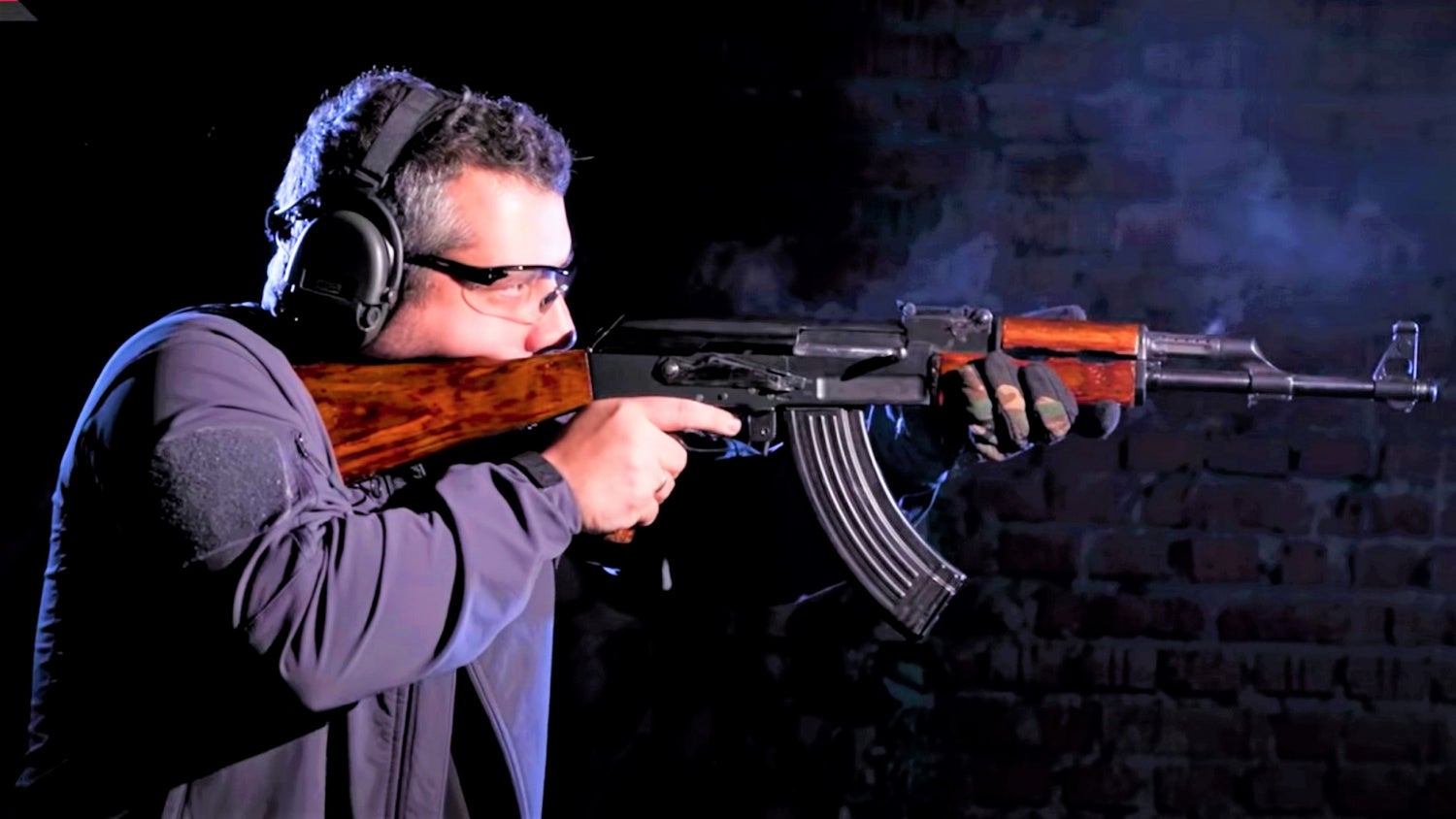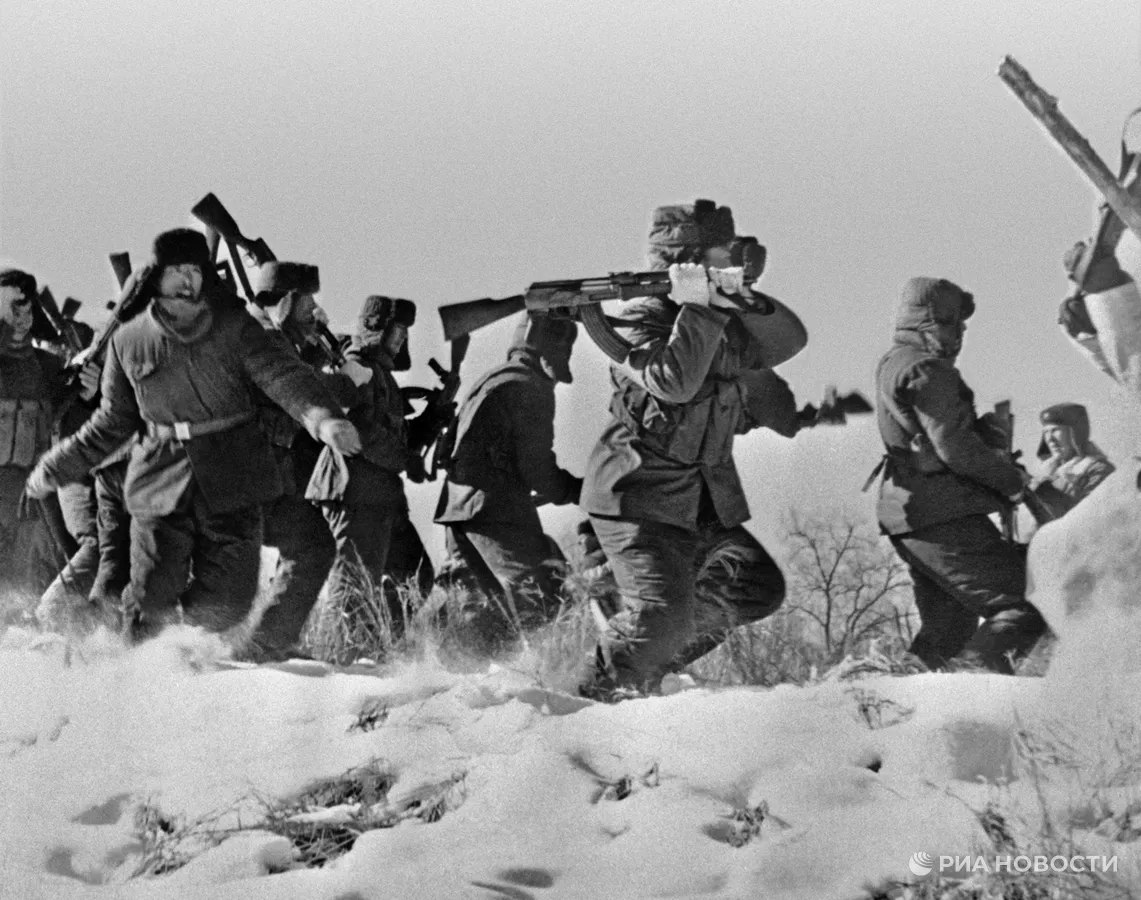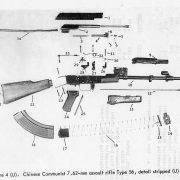It is hard to find a place on Earth where people wouldn’t know what Kalashnikov is. Some know it through movies, some through video games, but a good portion of the world’s population have some firsthand experience with this rifle, since a Soviet, East European or Chinese AK can be found almost anywhere. Used by both rebels and police forces, AK rifles usually outlive regimes they serve and entire countries, changing owners and fighting for different causes and creeds, decade after decade. But the majority of Kalashnikov rifles have nothing to do with their supposed country of origin – the Soviet Union. 34 countries produced AKs, and China, without a doubt, did the most to export those rifles to the far corners of the world left untouched by Soviet defense exports.
AK History @ TFB:
- The AKS-74U Krinkov Short Barrel AK History & Review
- The Unknown History of Russian AK-12 Kalashnikov Rifle: Part 2
- The Unknown History of Russian AK-12 Kalashnikov Rifle: Part 1
- Mystery Surrounding the Very First AK-47 Rifle
- CIA Agent’s Memory Sketch of the Kalashnikov Rifle

Charley Sheen in the ending of “Platoon” with an early Type 56 with a milled receiver. Photograph: Cinetext/MGM/Allstar
And among all AK variants, Chinese AKs have the most controversial reputation. Generally, people don’t expect much from a Chinese-made firearm. However, gun enthusiasts who managed to buy Polytechs and Legends that were available in the US in the late 80s and early 90s praise the quality of Chinese AKs.
But then again, those who encountered Chinese AKs in Africa and the Middle East during GWOT don’t seem to have much love for them. This controversy always amazed me.
It took me years of armorer work and research in Iraq, Afghanistan, Somalia, and Pakistan to understand why these guns deserved such a controversial reputation and why opinions about them are so polarized. But first, let’s see how it all began.
The secret diary of the Soviet engineer

Author, firing a prototype of AK Type 3, the first generation of the AK rifle that was produced internationally
The first Chinese AK was based on the Soviet AK Type 3, which went into mass production in 1955. And on the same year, the blueprints of this gun began their journey to China and several communist satellite states in Eastern Europe.
Generally, very little is known about the beginning of AK production in China. Thankfully, my good friend, one of the top AK experts in the entire world, found declassified documents that shed light on that topic.
The documents contain the full report and personal diary that was written by the Soviet engineer Barinov. This gentleman lived and worked in China from January 6, 1956, to June 6, 1957, and was tasked with establishing the production of AK rifles in the small and remote town of Beian. Located in the boundless fields of Heilongjiang Province in North East China, near the border with the Soviet Union, the factory didn’t even have a name but had a number – factory 626, better known to gun collectors as factory 66.

Stamp of the factory 626 – number “66” inside the triangle
His description of the factory reads like an opening to a horror story about a cursed village in the middle of nowhere. According to his report: “the factory was located in the abandoned military barracks of the Japanese army” which occupied these territories just a few years before, during WW2.
The reconstruction of the factory was deemed impossible because “the soil was totally unsuitable for permanent buildings and also funds were insufficient”. As a result, “all brick buildings developed vertical cracks” and “the roofs were only held by wooden beams”.
In that grim environment, the Chinese, with some help from Soviet specialists, managed to launch one of the finest AK factories in the world. Many of the now collectible semi-automatic pre-ban AKs imported to the US before 1993 came from this place.

Early Chinese Type 56 AK captured by US forces in 1964
Before AKs, this plant used to manufacture PPS submachine guns and Tokarev pistols. The establishment of AK production began in late 1955 and by November 1956, the first 5000 were already built, with the first 1000 being assembled from imported Soviet spare parts.
Those rifles built from Soviet parts are easy to identify. In fact, I had a couple of those in Afghanistan and Iraq. Unlike the standard Chinese AK that has an enclosed hooded front sight, the original Soviet front sight post was not enclosed.

A prime example of the early Chinese AK with the Soviet-made front sight post
The quality of early Chinese AKs
In 1957, factory 626 was tasked with building 50,000 rifles. Those early Chinese AKs with milled receivers were of the nicest Kalashnikovs ever made. In my reports, I marked those with the letters “M.B.” which stands for “milled beauty”.
The quality of those rifles was officially recognized by US Army experts. Many of those rifles were shipped to North Vietnam and later captured by US troops and intelligence services.
In 1964, Springfield Armory conducted an “EXPLOITATION REPORT COMPARISON OF 7.62-MM ASSAULT RIFLES CHINESE COMMUNIST TYPE 56 AND SOVIET MODEL AK” for the US Army Foreign Science and Technology Center in Washington DC.
According to the report: “Both weapons indicated high-quality craftsmanship. The surface microfinish of the weapon components for both rifles is comparable to U.S. military standards”.
The Chinese AK rifles with milled receivers didn’t have their own designation. All Chinese Kalashnikovs with fixed stocks are called Type 56, underfolders are officially called Type 56-1, and rifles with side-folding stocks are called Type 56-2.
But keep in mind, the name Type 56 wasn’t just the name of the Chinese AK. It was also used for the Chinese copy of the Soviet SKS semi-automatic carbine and the copy of the belt-fed machine gun RPD.
Comrades parting ways

Chinese soldier hitting a Soviet border guard with his early Type 56. Credit RIA Novosti.
In the early 60s, China and the Soviet Union had a substantial disagreement over who is a better communist, and all Soviet technical assistance to China stopped.
In 1969, the political disagreement led to a quick and bloody war between China and the Soviet Union, known as the Damansky island border conflict. It was the first, but not the last time when AK was used against the Soviets, who invented it and even taught their future mortal enemy how to make it.
So the next generation of Chinese AKs was developed without any Soviet assistance and had plenty of interesting and original features. Stay tuned for part two.



